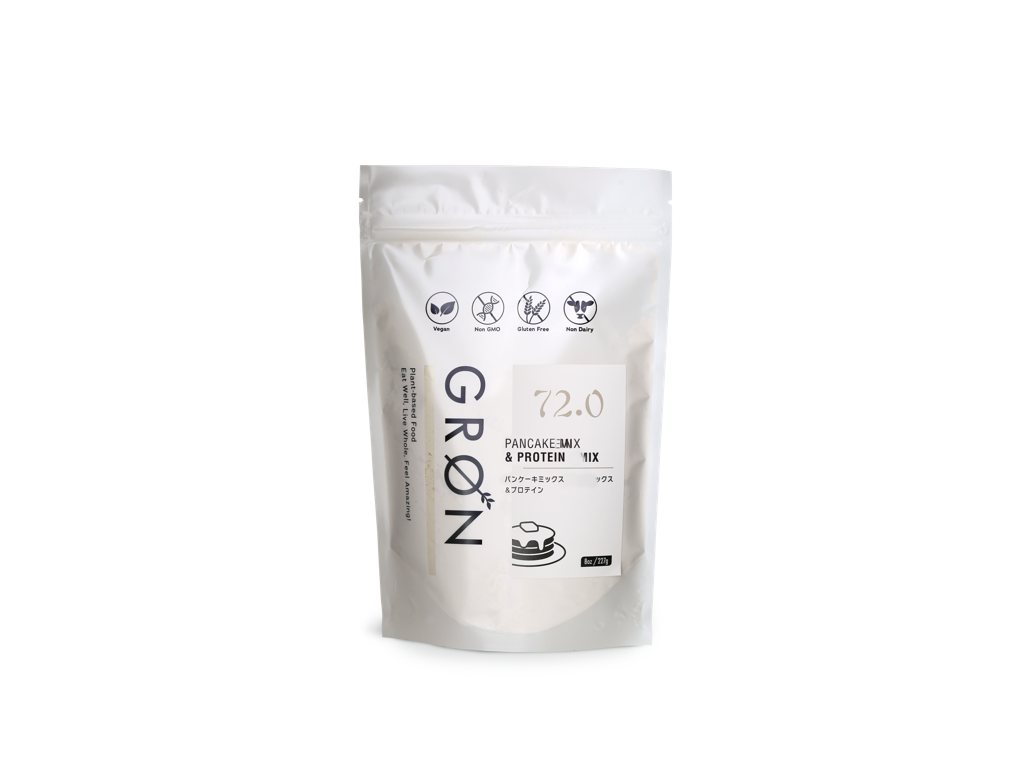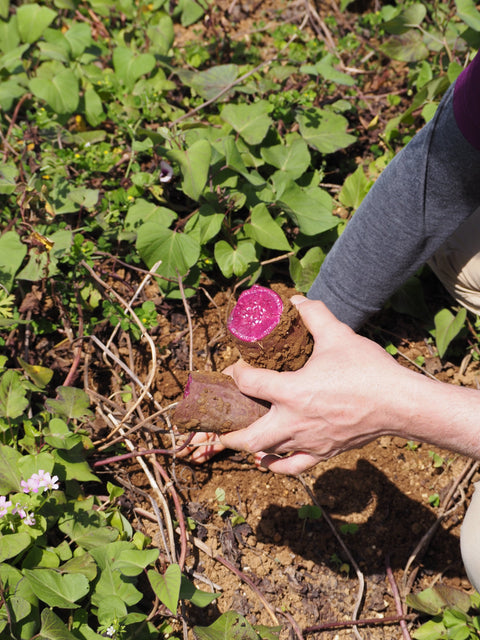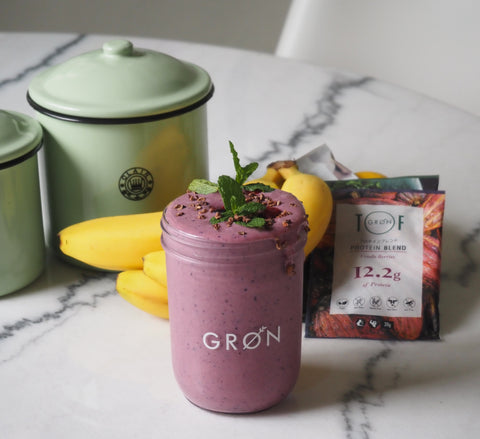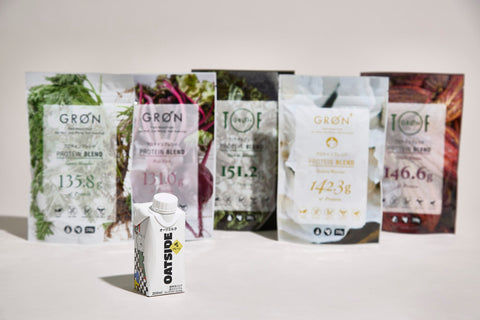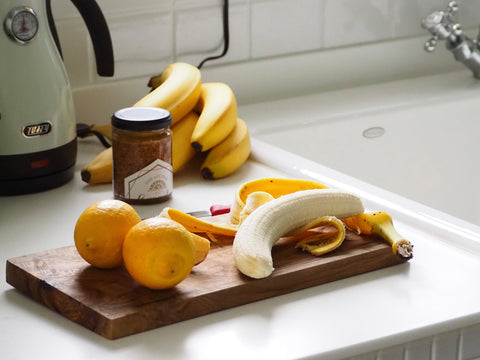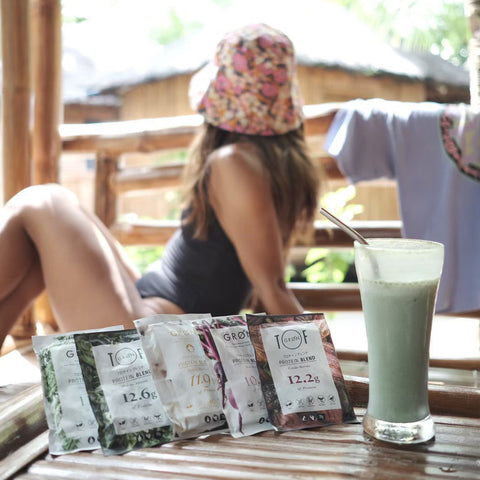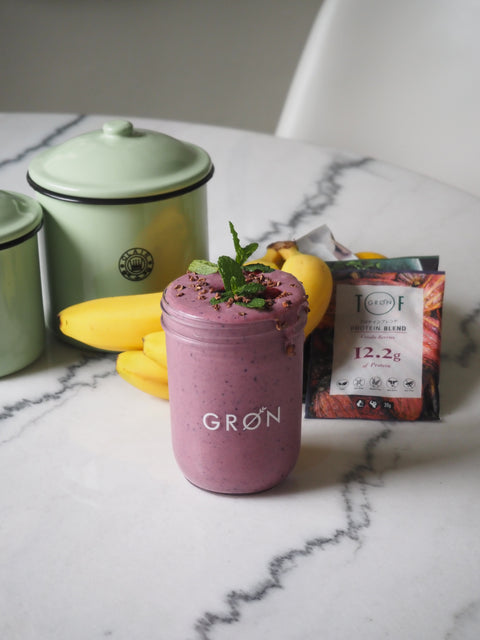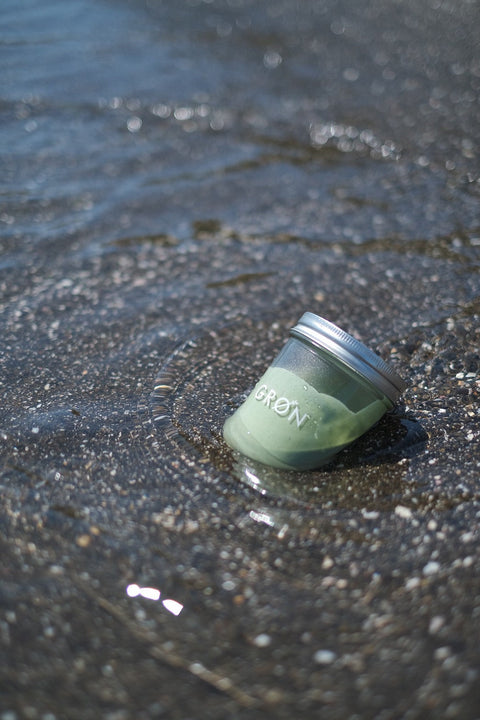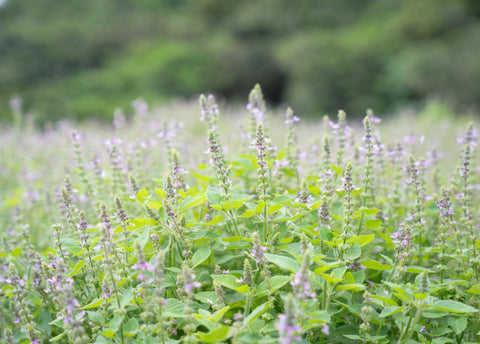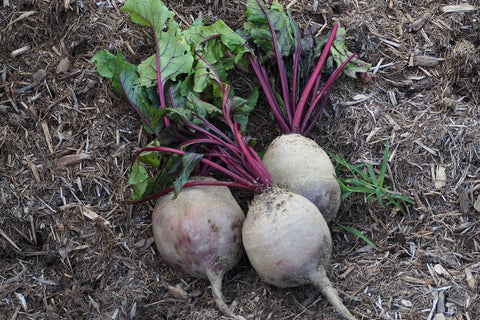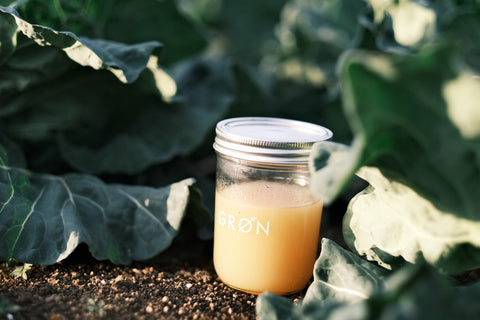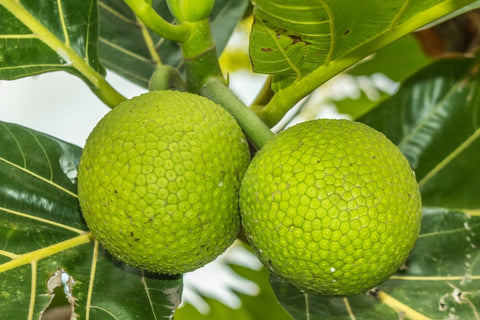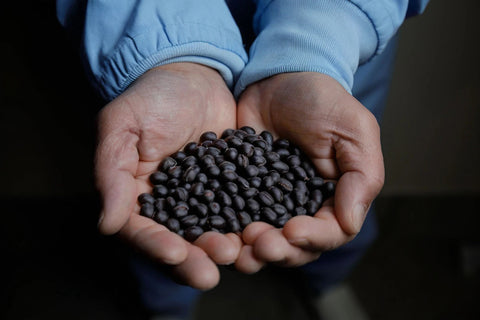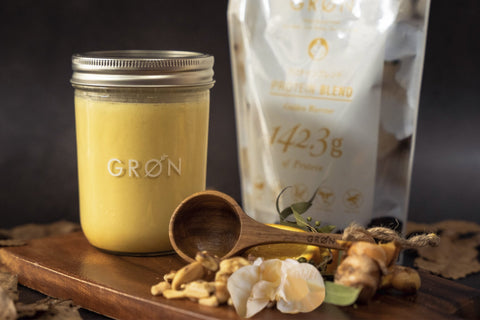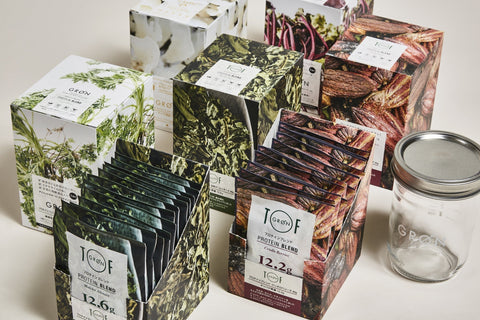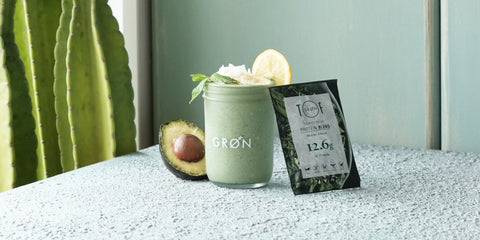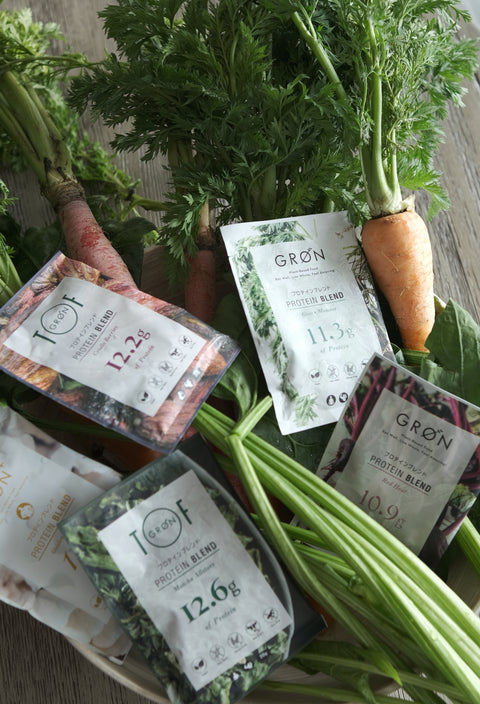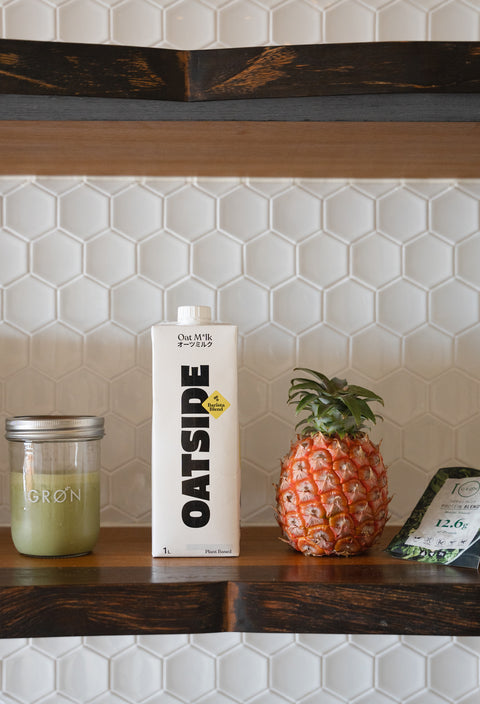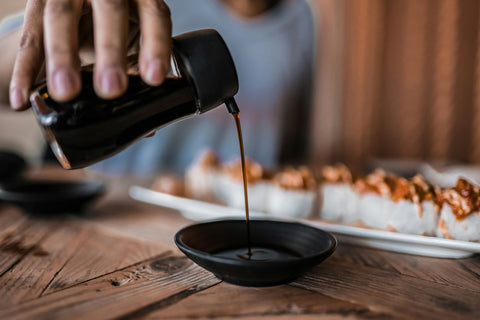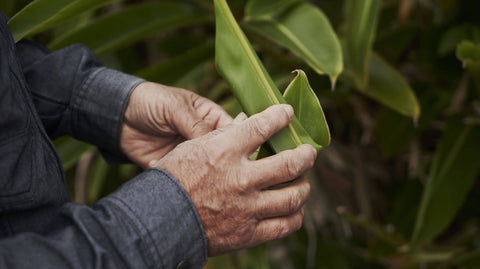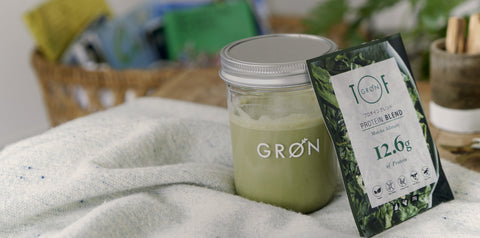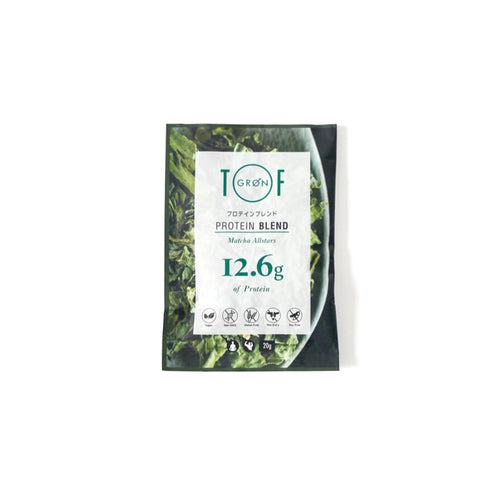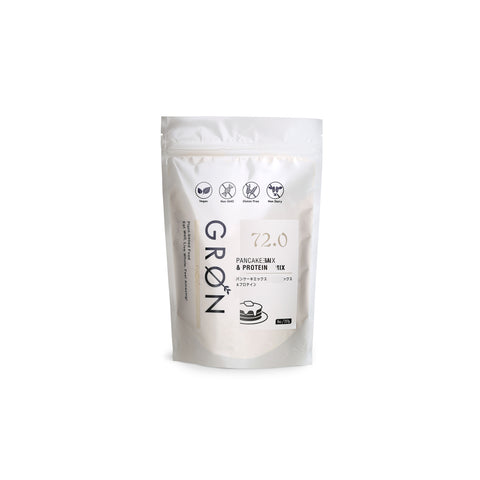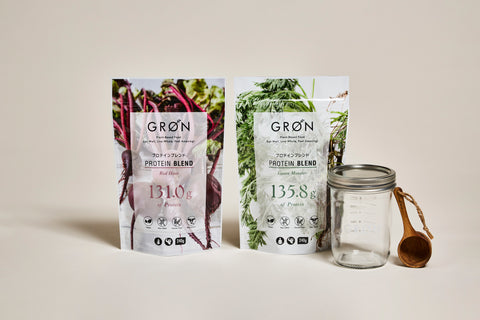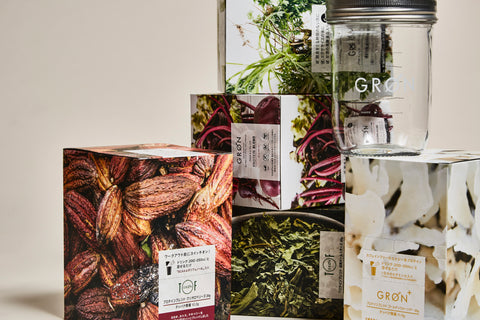Fermented foods are a great ally for beauty. (Types of fermented foods) ~ Nutritionist's Column Vol.8 (Part 1)
Fermented foods: Your beauty ally
Fermented foods have been eaten all over the world for a long time. They are especially popular in humid countries such as Southeast Asia, but here in Japan, one of the world's leading fermentation countries, there are many fermented foods that are an essential part of our diet.

By the way, the oldest fermented food found in Japan is said to be fish sauce from the Jomon period about 4,000 years ago. Japan's fermentation culture has been incorporated into our lives since ancient times.
Recently, a fermentation movement has been taking place among people who are interested in health and beauty, and fermentation-related products are now lined up in convenience stores. This time, I would like to write about such "fermented foods."
What are fermented foods?
Fermentation is the process in which microorganisms break down the starch and proteins in food to produce new components that are beneficial to the body.
Microorganisms are tiny living things that can only be seen through a microscope. Microorganisms, which live in every biosphere on Earth, obtain the energy they need to live by breaking down various organic substances such as starch, sugar, and protein. This metabolic process of microorganisms is called fermentation.

Types of bacteria and main foods
We have picked out some representative types of microbial bacteria to show you what types there are.
Lactic acid bacteria
A general term for bacteria that break down sugar into nutrients and produce lactic acid as they grow. The process of producing this lactic acid is called lactic acid fermentation. There are two types of lactic acid bacteria: animal lactic acid bacteria that live in animal milk and plant lactic acid bacteria that live on plant leaves.
It is a popular bacterium used in the production of fermented foods around the world. Lactic acid bacteria are also present in the human body and help regulate the internal environment. There are over 100 types of lactic acid bacteria, including bifidobacteria, Yakult bacteria, KW lactic acid bacteria, LG21, coccus bacteria, L-92 lactic acid bacteria, EF lactic acid bacteria, Lactobacillus casei, and Lactobacillus cremoris.
Main foods: cheese, yogurt, miso, soy sauce, pickles, kimchi, sake, wine, bread, makgeolli, etc.
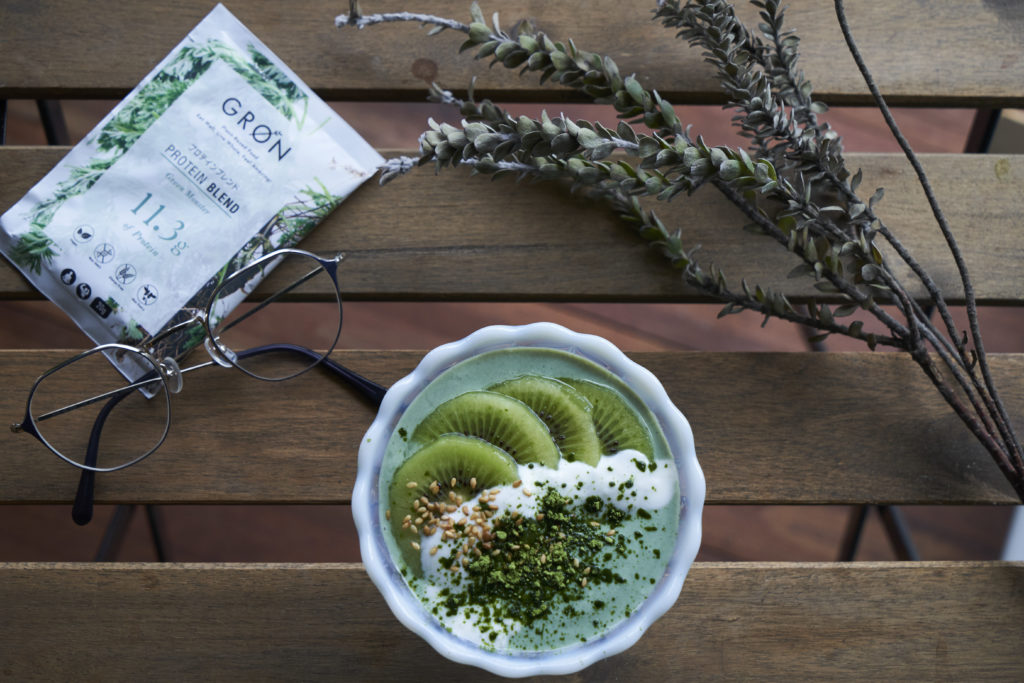
Yeast
Bacteria are found everywhere in nature, on the surfaces of plants, in the air, in the soil, etc. Currently, suitable yeast fungi are purely cultured and used in fermented foods after removing unwanted bacteria. Among the microorganisms that carry out fermentation, this is a microorganism that mainly breaks down sugar to produce alcohol.
Yeasts are fungi that perform alcoholic fermentation (breaking down sugar into alcohol and carbon dioxide), and because they feed on glucose to produce alcohol, they are used in alcohol brewing. Depending on the purpose, there are beer yeast, wine yeast, sake yeast, whiskey yeast, soy sauce yeast, miso yeast, and other types, and different yeasts are used depending on the production method.
Yeast contains over a thousand different types of enzymes and is known as the "mother of enzymes."
Main foods: bread, miso, soy sauce, vinegar, yogurt, cheese, sake, shochu, beer, wine, etc.

Aspergillus oryzae
A general term for useful molds isolated from koji. A type of filamentous fungus (mold) that grows when rice or soybeans are boiled or steamed. It is so essential to Japanese fermented foods that it is called the "national mold."
Rice koji is made from rice, and soybean koji is made from soybeans. Their role is to break down starch into glucose and protein into amino acids.
Main foods: Miso, soy sauce, vinegar, mirin, sake, shochu, makgeolli, amazake, shio-koji, etc.

Natto bacteria
Bacillus subtilis is a type of bacteria found in nature, such as rice straw, dried grass, and fallen leaves, and the Bacillus subtilis that lives in rice straw in particular is called natto bacteria. Natto is made by adding natto bacteria to steamed soybeans and fermenting them, and it has been found that the components of the soybeans are broken down and the amount of vitamins and amino acids increases significantly.
Main food: Natto
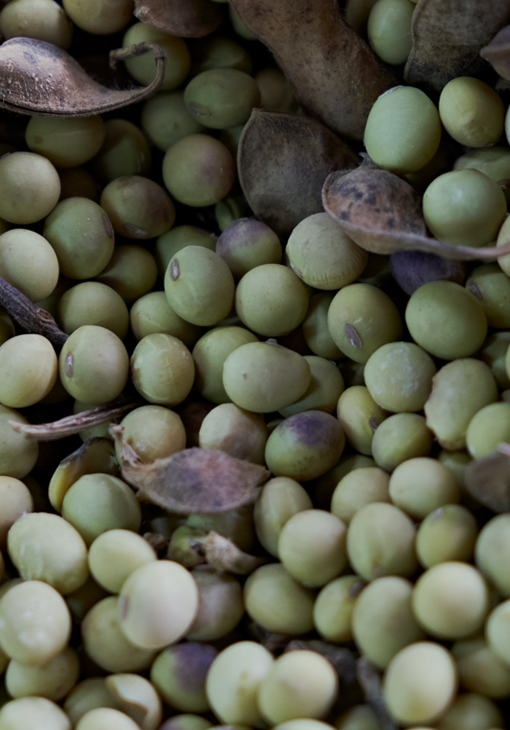
Acetic acid bacteria
A bacterium that oxidizes ethanol to produce acetic acid. Koji is added to steamed rice, alcohol fermentation is performed to create mash, and acetic acid bacteria is added to it to ferment and produce vinegar. Different types of vinegar can be made depending on the ingredients. For example, rice produces rice vinegar, apples produce apple cider vinegar, and wine produces wine vinegar.
Acetic acid contains many organic acids and amino acids, and is said to be effective in relieving fatigue. Main food: Vinegar

The bacteria, yeasts, and other microorganisms involved in these fermentations are sensitive to heat and are said to die at temperatures above 60 degrees. Therefore, in order to consume them alive, it is important not to apply heat to natto, and to boil miso soup before removing the miso from the heat.
In the second part , we will talk about the benefits of these fermented foods.
<Related GRØN products>
Protein Blend Green Monster 20g / 320 yen (excluding tax)
Protein Blend Red Heat 20g / 320 yen (excluding tax)
Pancake Mix & Protein 227g / 900 yen (excluding tax)
——————————————————-
Nutritionist, Food Education Instructor, Food 6th Industrialization Producer Level 4
Ayako Ishihara
A nutritional advisor in the healthcare field and an agribusiness professional.
She is involved in a variety of activities specializing in the fields of beauty and health, including giving lectures to Miss World Japan candidates.
With the philosophy of "enriching the mind and body through food and realizing a vibrant society where people and communities are connected," he founded i-Field Co., Ltd. in 2013 and serves as its representative.
He is a core member of the food team for "DINING OUT," which opens outdoor restaurants in various regions, and also participates in fashion brand projects.
She is also involved in the promotion of local ingredients, product development and production specializing in "health" and "beauty," branding, concept design, food hygiene, sales promotion, training planning and management, etc. She is in charge of nutritional supervision for GRØN's product development, proposing ways to incorporate them more effectively into consumer health.
——————————————————-
Photos by Moeko Sawada







